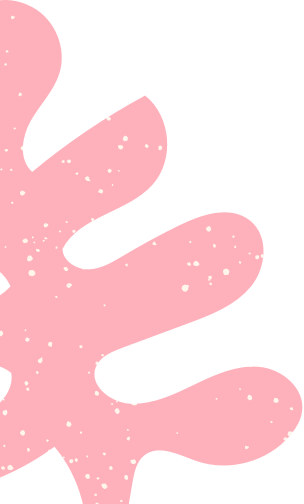Humboldt Penguin
Humboldt Penguin
Spheniscus humboldti
Humboldt penguins are named after the cold current of water running from the Antarctic to the equator along the west coast of South America (which itself is named after the German naturalist and explorer, Friedrich von Humboldt, who also first described the animal to the scientific community).
Humboldt penguins are listed as Vulnerable under the International Union for Conservation of Nature (IUCN). The number of Humboldt breeding colonies has been experiencing rapid decline indicating lower numbers of penguins. Their threats are largely anthropogenic and include: loss of food supply due to excessive and commercial fishing; being caught in fishing nets; and their guano nest material being stolen for use as fertilizer. One of the most successful reserves for Humboldt penguins is the Punta San Juan marine reserve in Peru where they tag individual penguins and track the population of the species over time.
Breeding occurs all year round. Humboldt penguins are monogamous, and the female usually chooses her mate. Nests are found along cliffs or in caves; they are burrow-like and dug out among piles of guano (droppings from sea birds, including penguins). Clutches are usually 2 eggs laid a few days apart, and incubation is 39-42 days. Often both eggs will hatch but only one will survive. Chicks are completely dependent on parents until they grow their first set of waterproof feathers.
What are they like?

Physical Description: Humboldt penguins have a torpedo-shaped body covered with short, waterproof feathers. Adults have a distinctive black band on their stomachs. They have strong nails at the end of their webbed feet that are used for climbing, pink skin patches on their faces that aid in temperature regulation, and spikes on their tongue which help them hold onto their food. They have reach 28" tall, with males being slightly larger.

Life Span: In the wild, Humboldt penguins can live up to 20 years. In zoos, they can live up to 30 years.

Diet: In the wild, they eat small schooling fish like anchovies and sardines. At the Zoo, they eat a variety of fish with vitamin and mineral supplements. Each of our penguins has a favorite fish or two, but trout seems to be a favorite amongst most of them.

Social Structure: Humboldt penguins are highly social and typically live in large colonies.

Habitat: Humboldt penguins live in marine habitats in pelagic and temperate coastal regions. They spend most of their time at sea. The Zoo designed their habitat to closely resemble that of the wild; they have a chilled pool, rocks from which they dive, and nests.
Where do they live?
Humboldt penguins can be found on the west coast of South America along the coasts of Chile and Peru in the region of the cold-water Humboldt Current.
Did you know?
- Humboldt penguins often travel in a mechanism similar to porpoises, where many penguins will school together and occasionally leap from the water to breath.
- They can reach speeds of 17-20 mph while swimming, which is why penguins are said to "fly" underwater.
- They can propel themselves to leap 6’ or more from the water and land on an otherwise inaccessible rock
Adopt a Humboldt Penguin
By adopting a Philadelphia Zoo animal, you share your love for animals by helping ours receive the best possible care.
Learn More